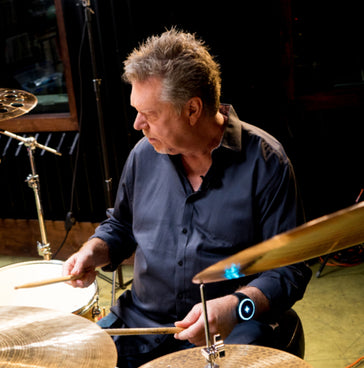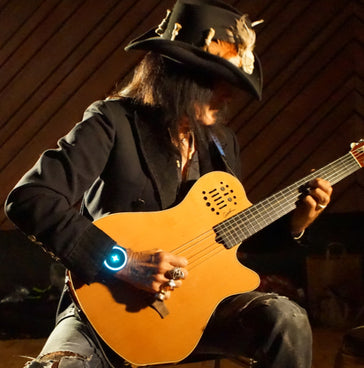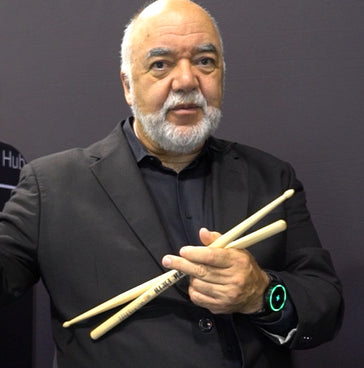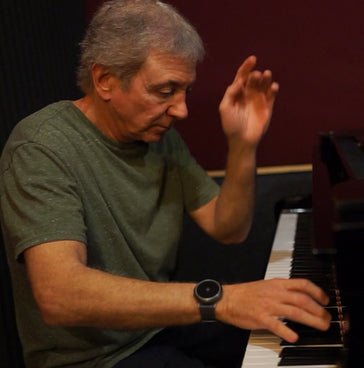Why go for a Soundbrenner wearable?
Don't hear it, feel it
Get rid of the annoying click and feel the beat with powerful vibrations.
Remove the hassle
Sit down and start practicing. Your tools at the convenience of your wrist.
Reach your musical goals
Practice is everything. With great tools you actually want to use, you'll practice more.
Minuendo earplugs
Adjustable noise reduction. Natural sound clarity.
$169
Wave in-ear monitors
Engineered for musicians. Precision in every beat.
$169 $99
Stomp foot pedal
Control all your favorite music apps with just the tap of your foot.
$189
Flow microphone
Capture studio-quality audio on any device, anywhere, anytime.
$99
Genki Wave
Use gestures to shape sound. Unlock limitless musical expression.
$349
Playtron
Turn anything into a MIDI instrument and ignite your creativity.
$119
TouchMe
Transform touch into sound and explore a new way of making music.
$119
Worn by the best

John "JR" Robinson
Most recorded drummer in history
"This is such a beautiful instrument. It helps you maintain your humbleness and puts you on a path of correctness."

Jordan Rudess
Voted best keyboardist of all time by MusicRadar, Dream Theater
"As a progressive musician, I find this very useful while practicing complex time signatures and improvising on the go."

Robert Sarzo
Worked with Jimmy Iovine and many legendary metal producers
"When I'm playing, I'd rather feel the click than listen to it. This is really great! Go and try it."

Bubby Lewis
Worked with Snoop Dogg, Dr. Dre, Lupe Fiasco, and many others
"You’re not hearing it, you’re feeling it. It’s a total game changer."

Peter Erskine
Jazz drummer & professor at USC, won 2 Grammy awards
"The pulse it gives you, there's no mistaking whether you're playing in perfect tempo or not."

Randy Waldman
Composer, worked with Frank Sinatra, Beyoncé and many others
"This is an incredible idea! It’s got all kinds of stuff going on inside this tiny little gadget."

Luke Holland
Drummer, most popular for his YouTube videos, collaborated with Polyphia and many others
"It's totally customizable. Make sure to check this out. It's a very useful product, I highly encourage it."